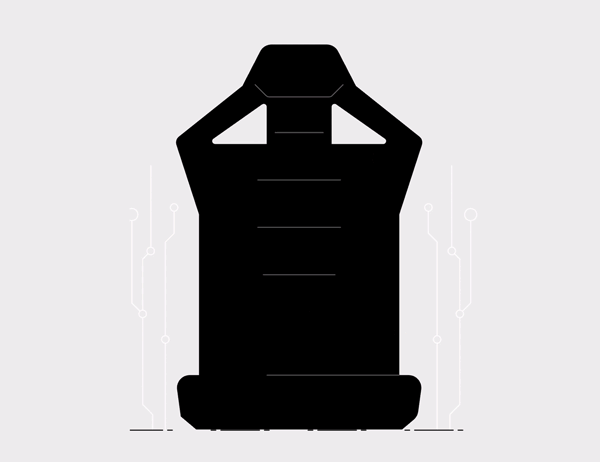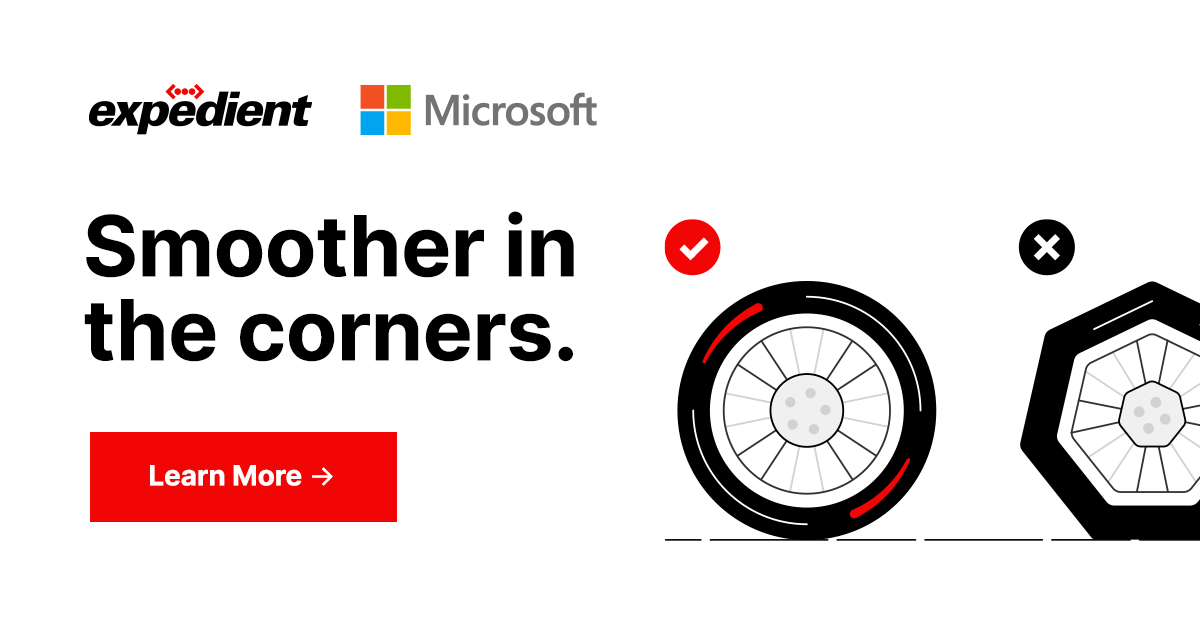
Security threats are on the rise and for businesses, it’s no longer a matter of if, but when, an attack will occur. Consider a recent article from HBR which reports that ransomware attacks are up 150% over the past year with the amount paid by the victims increasing by 300%.
For businesses looking to move to a multi-cloud environment, these growing threats add another layer of pressure–what if you experience an attack without warning, leaving your team without access to key applications? Which systems have been affected? How quickly can you restore them? Can you restore them at all?
These are questions many businesses simply are not prepared to address and it’s precisely why, when moving to a multi-cloud environment, expert guidance is needed. This includes teams utilizing an operational approach where experts help to find the right cloud for each workload and application, layering in disaster recovery as a service (DRaaS) to protect against the unknown and unexpected.
This operational approach begins with the assessment phase to fully understand the unique characteristics of each workload to determine its optimal destination. In the end, this requires landing these applications and workloads across an optimized blend of Microsoft Azure, Expedient Enterprise Cloud, other cloud platforms, and even on-premises.
Security and DR are a critical part of the balance and getting it right is vital because organizations are in a constant struggle—on the one hand, they are trying to keep up with their existing staff, expertise, and budget. On the other, they are tasked with ensuring critical applications are protected and available when needed while avoiding over-subscribed resources and unexpected fees in the event of a failure.
To maximize each element of a multi-cloud environment, including vital services offered by Azure, all while freeing up funds for other important cloud investments, businesses require a new approach. The answer is a comprehensive, cost-effective DRaaS that resides in the enterprise cloud and is capable of supporting virtual and physical environments. This DRaaS offering must include recovery point objectives and recovery time objectives that match the needs of the business, which ensure critical applications are protected and available when needed.
When placed on an enterprise cloud, DRaaS addresses the needs of customers that want to transform their IT operations without sacrificing the benefits or control of an on-premises environment. In the event that a platform goes down, having it in the enterprise cloud ensures the data is still readily available. It also allows the DRaaS effort to be tied into the business continuity plan so in the event a disruption does occur, systems are quickly restored and employees are able to continue functioning as normal.
This is precisely what Expedient Enterprise Cloud with Push Button DR delivers. Along with Cloud Object Storage, Expedient focuses on helping to ease a company’s transition to the cloud and once there makes it easy to gain access to rapid, total network failover between Expedient locations. It can also replicate data to geographically disparate, globally available object storage from Azure to on-premises while covering all data no matter where it resides.
Executed through the push of a button, Expedient helps customers achieve high performance and significant savings. A recent comparison by Cloud Spectator found that Expedient outperformed industry-leading clouds by 30-60%.
Multi-cloud success begins by positioning data and applications in a way that allows businesses to realize the full potential of this new environment. Expedient Enterprise Cloud with Push Button DR and Cloud Object Storage allows businesses to be prepared for the inevitable disruption and ensures the impact these events have on the company and its performance is minimized. Receive a complimentary cloud assessment from Expedient to help you gather crucial data to understand how your current IT estate aligns to a multi-cloud operating model.


